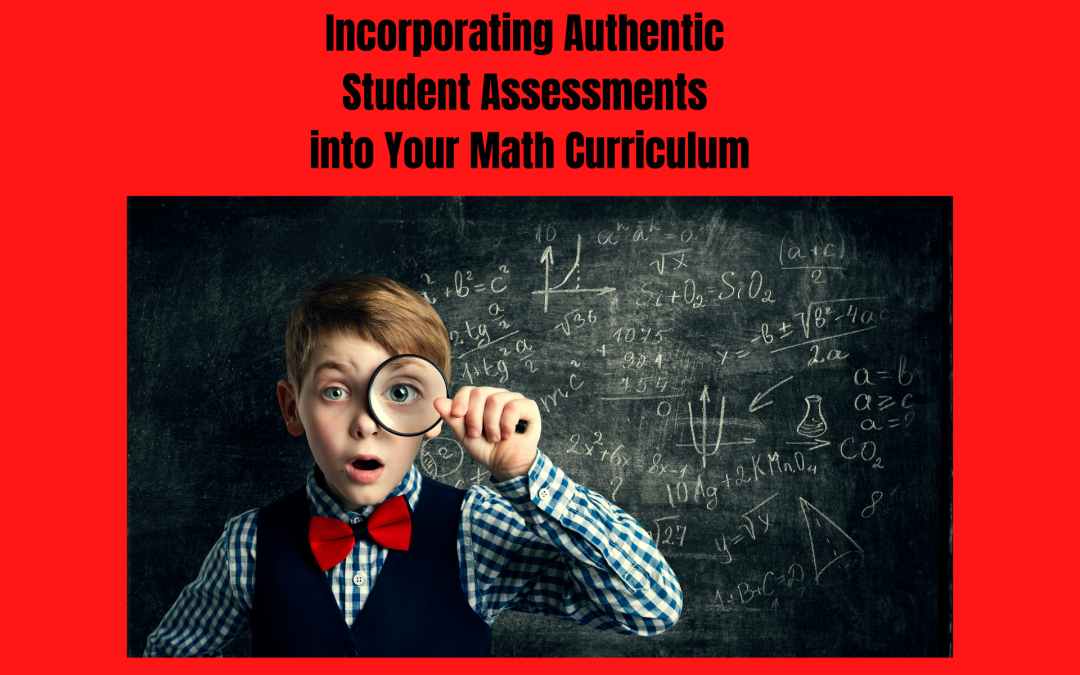Two big topics that are becoming more widespread in the education world today are student cheating and lack of authentic assessments. These topics include students who have been learning at home and students who are back in the classroom. So what can be done to fix this ever pressing matter? Well, the answer lies within the curriculum.
Almost every educational publishing company, especially those who create math content, have integrated some type of real-world problems within their curriculums. Oftentimes teachers overlook these open-ended questions because of time constraints or the level of difficulty of the task. Unfortunately, these are the types of authentic assessments that need to be completed by the students in order to prevent cheating. As a teacher, I remember a particular publishing company would include open response tasks near the end of each unit. At first, I would shy away from these tasks as well, mostly due to time constraints. I also knew the students would struggle with them because of the high level of rigor required to complete the tasks. However, after realizing many students were still struggling in math despite “keeping it simple” for them, I began to add the open-ended response cards or tasks into my weekly lesson plans. And what a difference they made!
Allowing students to connect math to real-world situations is an easy way to begin to incorporate more authentic assessments into each child’s learning. Students will begin to see how important math is in their own world. Now, a lot of times these open-ended response tasks are quite challenging and require students to know and use a variety of skills in order to solve the problems. However, if you begin the unit you are teaching with the open-ended task card in mind, then you can begin to plan out how you will teach each skill prior to the end of the unit. Using these open-ended responses as assessments is completely acceptable as a test grade. You can even award points for each standard addressed within the open-ended response card if you need to provide documentation of the skills taught.
So, what if my curriculum doesn’t use open-ended response math task cards? Can I create my own?
Absolutely! And I highly recommend it. Students copy and paste word problems into their browsers to look for answers all the time. Teachers and parents can do that too! Search for an open-ended response task that uses the skills you are trying to assess. Then change the names, places, and numbers from the original problem to create your own real-world math open-ended response task card. Now the answer cannot be “searched for” on the internet. Students will have no other option but to solve the problem on their own. This is just one way to prevent student cheating and create authentic assessments in and out of the traditional classroom.
Melissa Quinn

